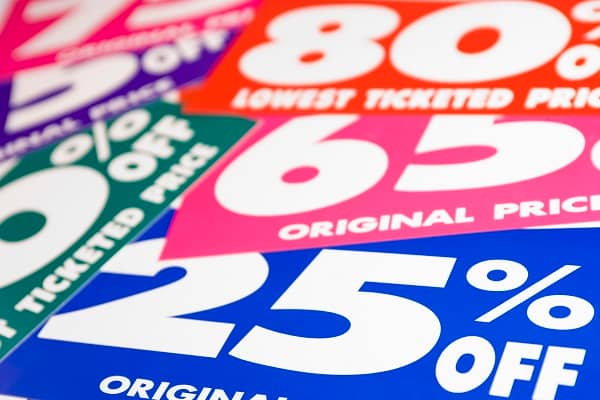Flash sales are time-limited offers that typically run for a few hours to a day. They thrive on urgency, encouraging customers to buy quickly before missing out. This short window to act taps into the fear of missing out, also known as FOMO, which can significantly boost conversions in a short time.
When used well, flash sales can clear seasonal stock, attract new buyers, or re-engage inactive customers. For online stores looking to build momentum around new collections or events, this strategy provides a quick sales lift with measurable impact. Continue reading to discover the role and benefits of using flash sales in eCommerce promotion strategies.
How to run a successful flash sale
To make flash sales effective, timing and presentation are key. You need to plan around moments when your audience is active, such as payday weekends or bank holidays. Promote the offer via email, website banners, and social media to grab attention quickly.
It is equally important to optimise promotions and discounts to suit your customers’ habits. Too many sales can reduce brand value, so keep them special. Limit stock to reinforce the urgency, and always be clear about start and end times.
What to avoid in flash sale campaigns
While flash sales offer great potential, they can also harm your brand if handled poorly. Running them too often can train customers to wait for discounts rather than buy at full price, undermining long-term profitability.
Overpromising and underdelivering is another common issue. If your site cannot handle the spike in traffic, or if products go out of stock too quickly, it results in frustration. A negative experience can drive buyers away instead of pulling them in.
Make sure your systems can cope. Stock levels, delivery times, and refund policies should be clearly communicated.
Flash sales as part of a bigger strategy
Flash sales should never stand alone. They are most powerful when built into a wider promotional calendar. You might use them to launch a new category, introduce a loyalty scheme, or boost awareness during low-traffic periods.
Pair flash sales with other strategies like email retargeting and abandoned cart reminders. When combined with regular content updates and seasonal campaigns, they become part of a broader effort to keep your store visible and engaging.
For instance, retailers often use flash sales to spark interest before a major holiday or clearance. It draws traffic in and gives you a chance to showcase other full-priced items.
Smart use of flash sales builds trust
When you run flash sales with honesty and precision, they create excitement without damaging trust. Customers appreciate transparency. If you say a sale ends at midnight, it should end at midnight. This builds credibility and encourages repeat business.
Make sure that each flash sale adds value not just in terms of price, but in how it helps your customers discover something new or enjoy a better experience.
Final thoughts
Flash sales are best when they are rare, well-timed, and aligned with customer expectations. Use them to surprise and delight, not to paper over gaps in your regular pricing strategy.
When woven into your larger marketing efforts, flash sales can drive traffic, improve conversions, and keep your store fresh in your audience’s mind. Just remember, thoughtful execution is everything.

